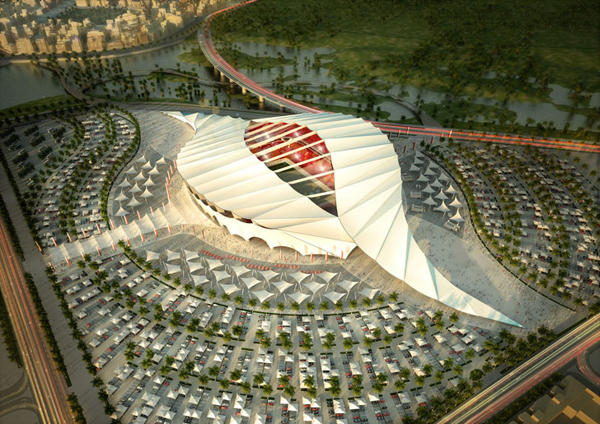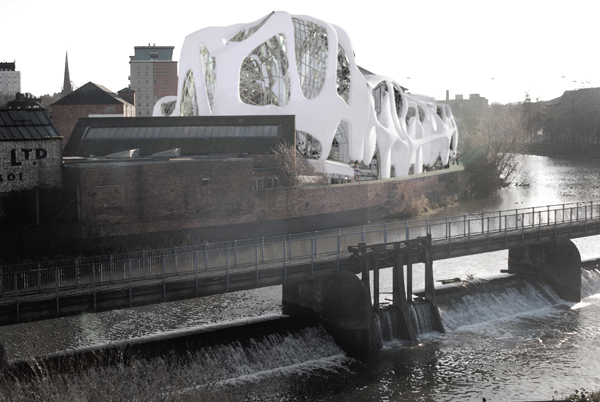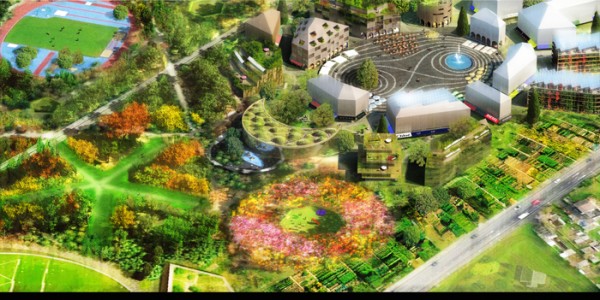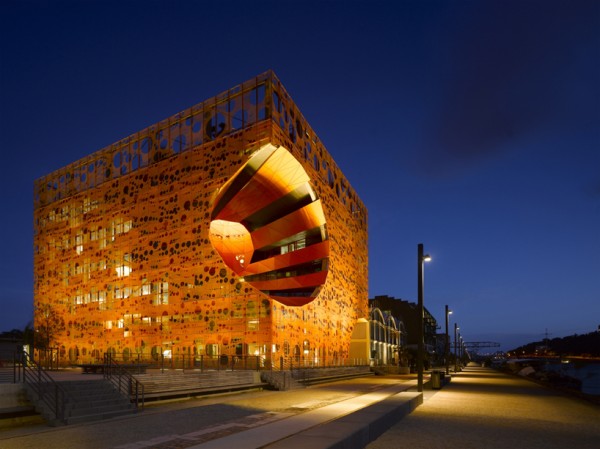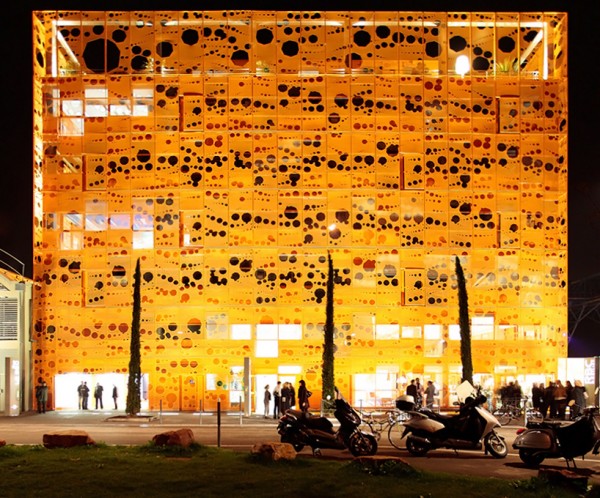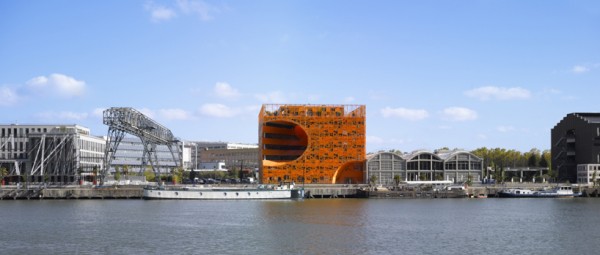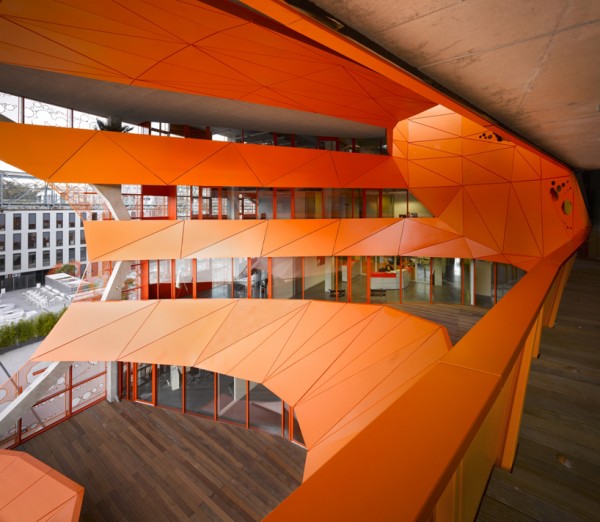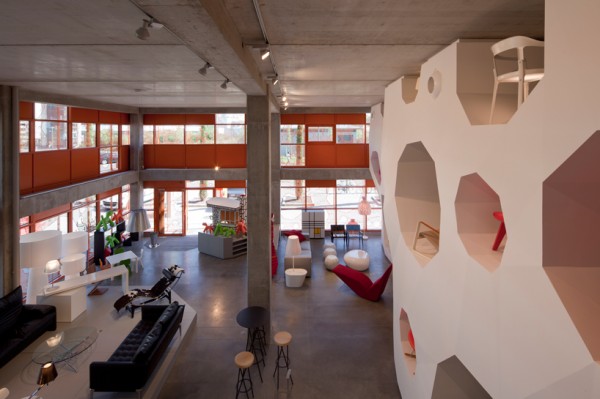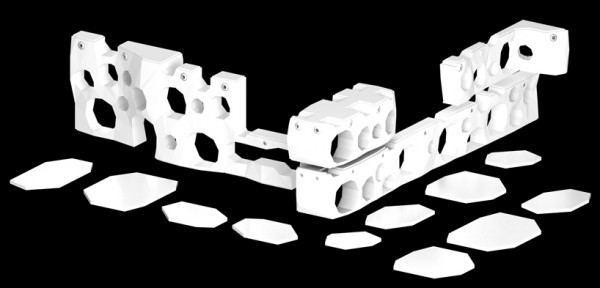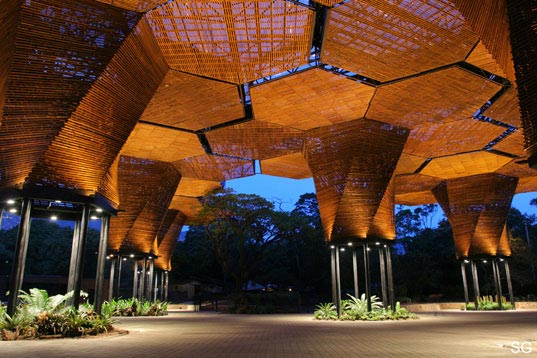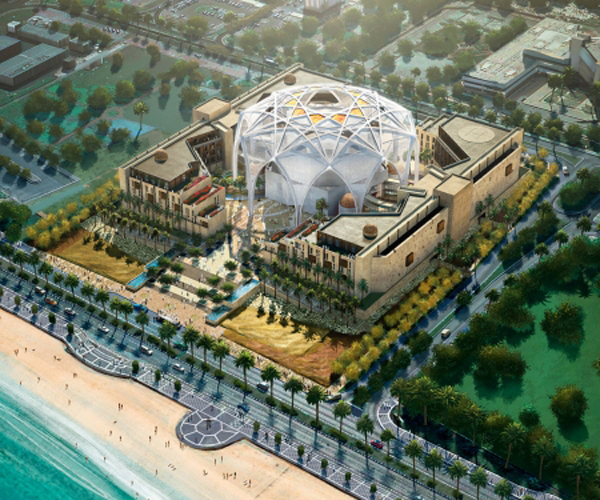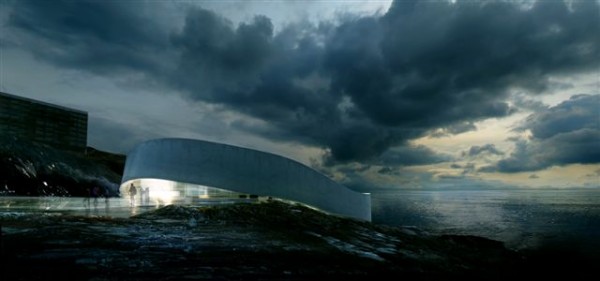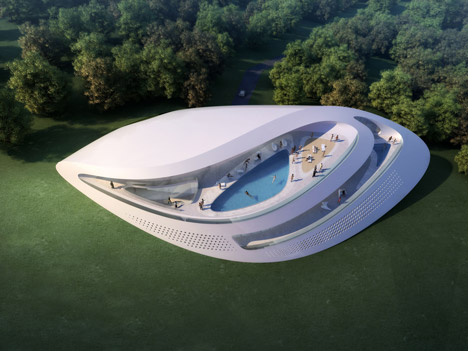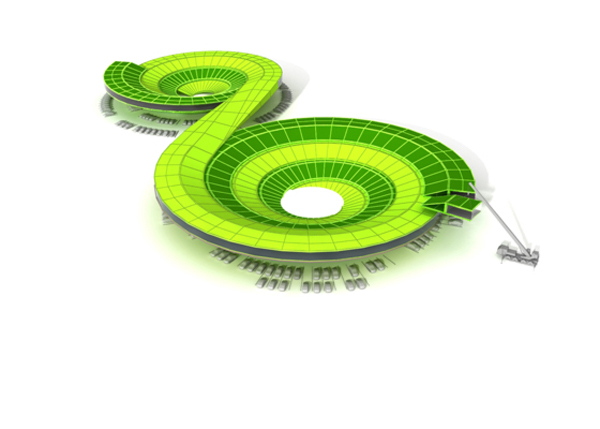With “Expect Amazing” as its slogan, the 2022 FIFA World Cup promises to be, well, amazing. To achieve this “wow” factor, FIFA chose as host a country willing to go the extra mile: Qatar. And Qatar is already bringing big ideas: German architecture firm AS&P (Albert Speer & Partner), along with the help of PROPROJEKT and SERVICEPLAN, has already designed eight of the 12 new stadiums that will be constructed or retrofitted for the global event.
According to AS&P, it’s not just construction of the stadiums that will fill the next 11 years. Billions of dollars in infrastructure will need to be built in the rich desert country. And their plans make the promised World Cup experience unique: with all of the stadiums located within an hour travel time of each other, football fans will be able to see more than one game in a day if they wish to.
Three existing stadiums will be expanded for the project, and nine new stadiums will be built. The firm plans to exceed FIFA’s specifications with every aspect of each stadium: the seats count will grow, environmental efficiency standards will match and exceed FIFA’s figures, and more. Photovoltaic panels will be utilized to this end, and air will be re-circulated within stadiums to help combat the desert heat efficiently. Additionally, the field itself will be cooled for players using innovative carbon-neutral technology. Read the rest of this entry »

